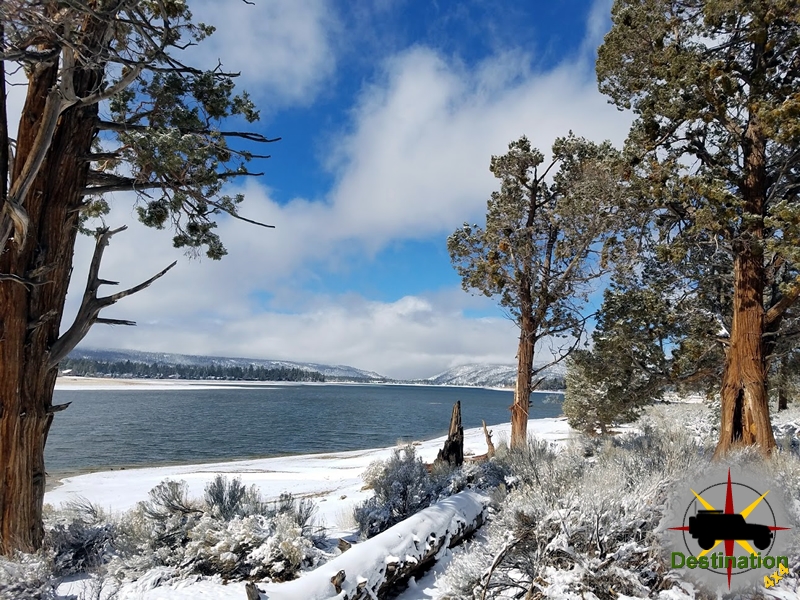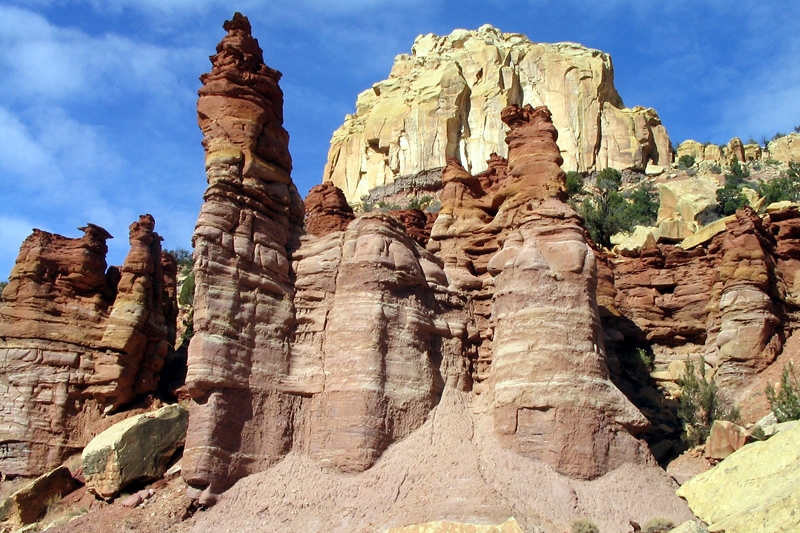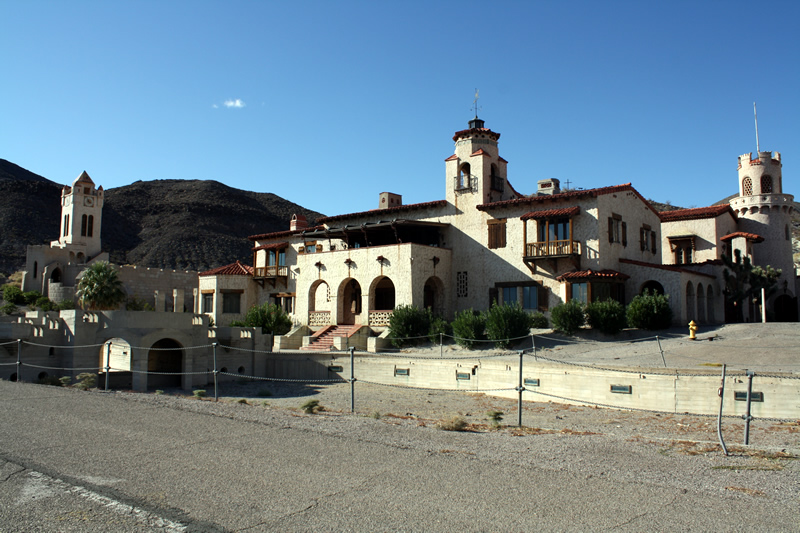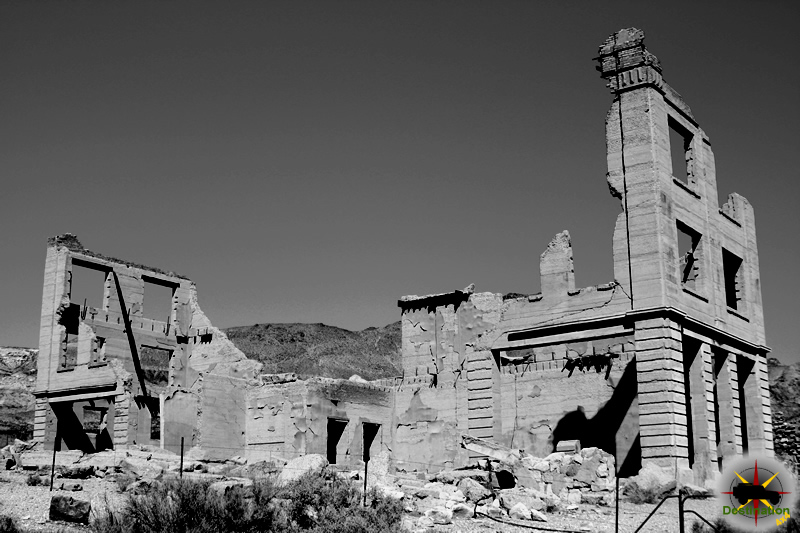
Notch-leaved phacelia ( phacelia crenulata )
Notch-leaved phacelia ( phacelia crenulata ) is a lovely little purple wild flower which grows across the desert southwest from California to Texas. The plant is typically between three to twenty-four inches in height. The flower is also known by several different names including, notch-leaf scorpion-weed, notch-leaved phacelia, cleftleaf wildheliotrope, and heliotrope phacelia.
Continue Reading →Saguaro ( Carnegiea gigantea )
The Saguaro ( Carnegiea gigantea ) is perhaps one of the most iconic member of the cacti family in the south west desert, and located primarily in Arizona. The giant desert guardian stands watch over the hot dry desert and exudes a quiet nobility which matches its environment perfectly. The slow growing giants can reach heights exceeding 35 feet in height. These pinnacles of stature are due in no doubt to their long life span of up to 200 years. The largest known Individual was measured at 78 feet tall before it was toppled in 1986 from high winds.
Like many other stem succulents, the Saguaro survives the dry climates by optimizing its water retention. Large tap roots anchor the plant to the ground and can harvest water from over 100 feet beneath the surface. The water is pulled into the cactus body and causes the the body to swell which enables the plant to survive long period of drought without water.
A single trunk of the saguaro is known as a spear, and the cacti can stay this way up to 75 years before the first arm is branched from the trunk. The cactus will bloom in the spring months of April, May and June. The white flowers of this plant will form only at the top of each branch and form a crown of beauty. The flowers open in the cooler nights after the sun was dropped below the horizon. Nectar is produced is encourage pollination from a variety of animals. The flower will close again by midafternoon. The flower is the state flower for the State of Arizona.

This cactus is protected by the State of Arizona, and sadly needs to be. The US Government created Saguaro National Park in 1994 to protect some of the population and its habitat.
Natural Distribution

Resources
Palmers Penstemon ( penstemon palmeri )
In the spring on 2020 I was photographing along the Morning Star Mine Road, we happened upon Palmers Penstemon ( penstemon palmeri ). This species is the most surprising and beautiful wild flowers I have seen in the Mojave Desert.
Continue Reading →Pencil Cholla ( Cylindropuntia ramosissima )
Pencil Cholla ( Cylindropuntia ramosissima ), also known as Diamond Cholla, is a medium sized cacti species which is mainly categorized from long narrow body segments and sparse spine density. The stems are green in appearance and dry grey in color. This species is commonly found in Arizona, California and Nevada at elevations below 4,000 feet.
This species of cactus typically grows between three and five feet tall. It is found in well-drained sandy, or rocky soils on flats, bajadas, and moderate slopes in the lower mountains. The skin surface if green in appearance and the surface had a cross-hatch or diamond pattern which give this plant its alias, diamond cholla. Pencil Cholla will bloom in early summer and boasts a smaller flower which is orange, yellow or red in color. The flowers are about the size of a quarter and compared with other cactus species are rather unassuming. This cactus is common in Creosote Bush Scrub and Joshua Tree Woodlands.
The pencil cholla is perhaps the best representative of the harsh desert. Compare to other species, it is harsh and dry in appearance and looks like it is baked in the desert heat.
Resources
Mojave prickly pear ( Opuntia erinacea )
Mojave prickly pear ( Opuntia erinacea ), or grizzlybear prickly pear, is a fairly common cactus with a wide spread distribution across the desert south. Although their are varieties, this cactus is characterized by the high density of its spines. The spines may be white or pale yellow and reddish in color at the base. The spines may vary is length between one and seven inches in length.
The pads of this cactus are medium in size at three to fives inches across and grey-green in appearance. The plant flowers in the spring between May and July. The flowers boast color varieties of yellow to rose.
The cactus is low lying and grows in medium sized clumps which are no more the two feet in height. The reach of the cacti is known to grow up to ten feet across. This plant flourishes in Creosote Bush Scrub, Pinyon-Juniper and Joshua Tree woodlands and are known to grow at up to 7,000 feet in elevation. Typically, this plant is found in well-drained, sandy or gravel soil types. They can be found in washes, canyons and along the slopes of lower mountains.








